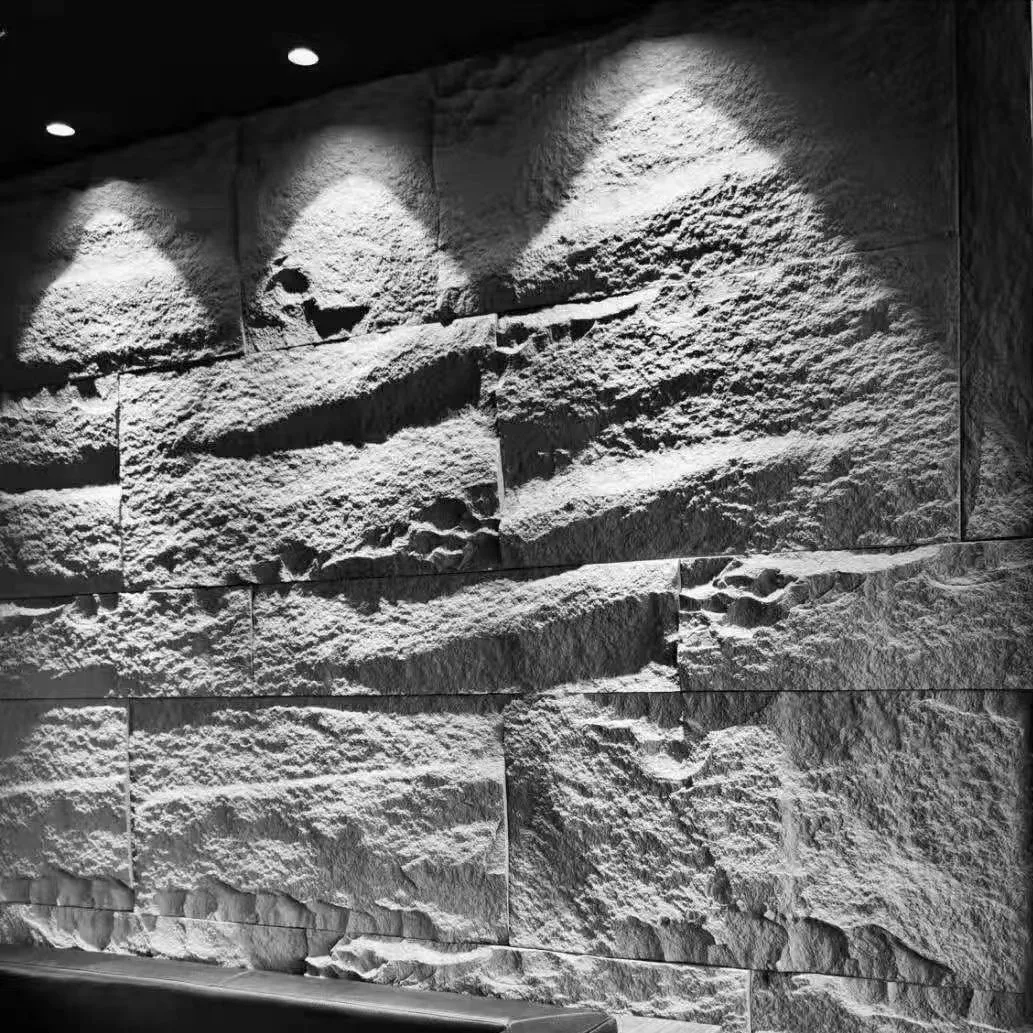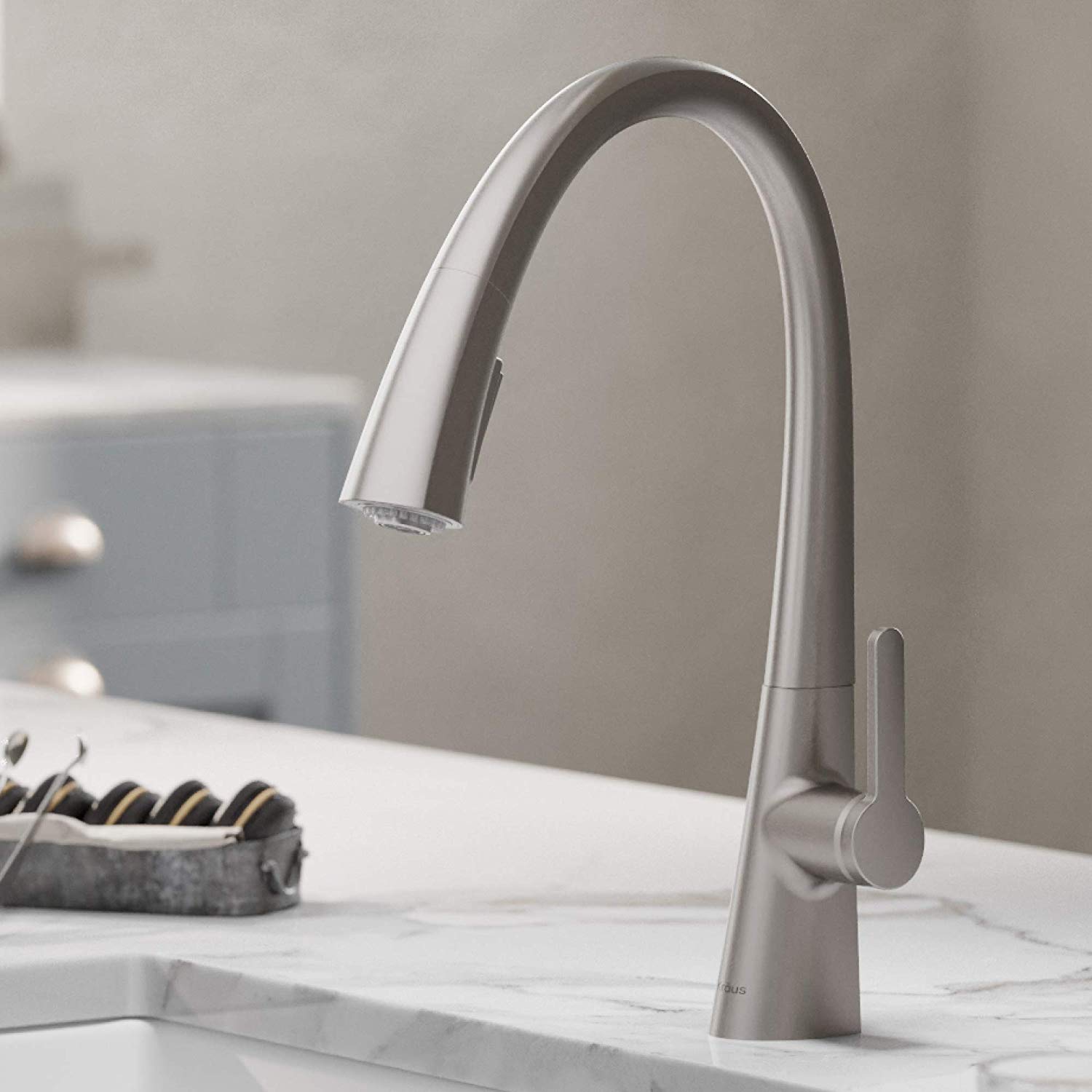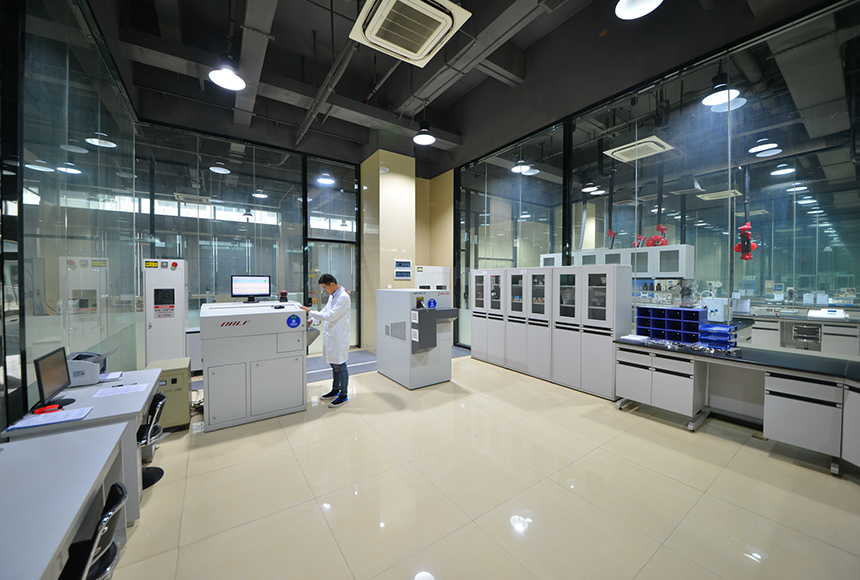The kitchen faucet, once a purely utilitarian fixture, has gracefully evolved into a pivotal design element, capable of transforming the entire aesthetic of your culinary space. Far from being an afterthought, careful consideration of kitchen faucet ideas design can elevate a simple sink area into a sophisticated focal point, reflecting your personal style and enhancing functionality. With an abundance of styles, finishes, and smart technologies available, selecting the perfect faucet involves balancing form with function, ensuring it complements your kitchen's overall theme while meeting your daily needs.

Modern kitchen design trends emphasize seamless integration and thoughtful details, making the faucet a crucial component in this vision. It's no longer just about turning water on and off; it's about how it feels in your hand, how it looks against your chosen backsplash, and how efficiently it aids your cooking and cleaning tasks. From sleek minimalist lines to robust industrial statements, the design possibilities are virtually endless.

This comprehensive guide will delve into the myriad of kitchen faucet design concepts, exploring popular styles, innovative features, and critical considerations that will help you make an informed decision. Whether you're undertaking a full kitchen renovation or simply seeking to refresh your sink area, understanding the nuances of faucet design is key to achieving a cohesive and highly functional space. We'll examine how different finishes can impact your kitchen's color palette, the practical benefits of advanced features, and how to select a faucet that not only looks good but also stands the test of time.

Ultimately, your kitchen faucet is a statement piece, an essential tool, and a daily touchpoint. Investing time in exploring diverse kitchen faucet ideas design will ensure that this central fixture not only meets your functional requirements but also significantly contributes to the beauty and harmony of your kitchen, creating a space you truly love.

The Evolving Role of Kitchen Faucets in Design

For decades, the kitchen faucet was primarily a utilitarian fixture, chosen for its basic function rather than its aesthetic appeal. Today, however, it has undergone a dramatic transformation, emerging as a significant design element that can define the character of a kitchen. Architects and interior designers now view the faucet as an integral part of the overall kitchen concept, a piece that contributes to the room's style, theme, and flow. This shift reflects a broader trend in home design where every element, no matter how small, is considered for its contribution to both form and function.

Beyond Utility: Faucets as Focal Points
No longer relegated to the background, kitchen faucets are often positioned to be a visual anchor for the sink area, drawing the eye and setting the tone for the surrounding space. A thoughtfully chosen faucet can elevate a simple stainless steel sink into a high-design feature, or seamlessly blend into an opulent marble countertop, enhancing its luxury. It serves as an immediate indicator of the kitchen's style, whether it's sleek and contemporary, rustic and charming, or grand and traditional. The right faucet can even become a conversation starter, showcasing unique finishes, innovative shapes, or advanced technological features that distinguish your kitchen.

Key Considerations for Your Kitchen Faucet Ideas Design
When embarking on the journey to select the perfect faucet, several critical factors come into play, extending beyond mere aesthetics. First and foremost, consider the overall kitchen aesthetic. Is your kitchen modern, farmhouse, industrial, or traditional? The faucet must harmonize with this established style. Second, think about functionality. Do you need a pull-down sprayer for ease of cleaning large pots? Is a touchless operation a priority for hygiene? Third, material and finish are crucial for both durability and visual impact, influencing how the faucet interacts with other kitchen elements like the sink, countertops, and hardware. Lastly, size and proportion relative to your sink and kitchen space are vital to ensure proper functionality and a balanced look. These considerations form the foundation for exploring specific kitchen faucet ideas design options.

Exploring Popular Kitchen Faucet Styles
The market offers an astounding array of kitchen faucet styles, each boasting unique characteristics that cater to diverse tastes and kitchen themes. Understanding these distinct styles is the first step in narrowing down your choices and identifying the perfect match for your home. From minimalist elegance to robust functionality, there's a faucet design to suit every need.

Modern and Minimalist Faucets
Modern and minimalist faucets are characterized by clean lines, sleek profiles, and a lack of ornamentation. They often feature single handles for temperature and flow control, emphasizing simplicity and understated sophistication. Finishes like polished chrome, brushed stainless steel, and matte black are popular, contributing to their contemporary appeal. These faucets typically have a high arc or a straight, sharp spout, designed to complement open, airy kitchen designs and minimalist decor, making them ideal for urban lofts and contemporary homes where less is often more.

Traditional and Classic Designs
Traditional and classic faucets evoke a sense of timeless elegance and historical charm. They often feature graceful curves, intricate detailing, and decorative handles, such as cross-handles or widespread two-handle configurations. Finishes like polished brass, oil-rubbed bronze, and antique copper are common, adding warmth and character. These designs are perfect for traditional, Victorian, or French country-inspired kitchens, where they seamlessly blend with ornate cabinetry, detailed molding, and classic materials, creating a rich and inviting atmosphere.

Industrial Chic and Commercial-Style Faucets
Inspired by commercial kitchens and factory aesthetics, industrial chic faucets are bold, robust, and highly functional. They are instantly recognizable by their spring coil spouts, sturdy construction, and often larger, more imposing stature. Finishes typically include polished chrome, brushed nickel, or stainless steel, highlighting their raw, utilitarian appeal. These faucets are designed for heavy use and high performance, often featuring powerful spray functions. They are an excellent choice for modern farmhouse, industrial, or urban contemporary kitchens looking to make a strong design statement with a professional edge.

Farmhouse and Rustic Inspirations
Farmhouse and rustic faucets prioritize comfort, warmth, and a touch of vintage appeal. They often feature simple, sturdy designs, bridge faucet configurations, or traditional gooseneck spouts. Finishes such as oil-rubbed bronze, antique brass, or even porcelain handles complement their cozy aesthetic. These faucets are perfect for farmhouse, shabby chic, or rustic-themed kitchens, where they enhance the charm of apron-front sinks, reclaimed wood elements, and a comfortable, lived-in feel, emphasizing a connection to heritage and handcrafted quality.

Innovative Features and Technologies in Faucet Design
Beyond their aesthetic appeal, modern kitchen faucets are equipped with an array of innovative features and technologies designed to enhance convenience, hygiene, and efficiency. These advancements transform the humble faucet into a smart, intuitive appliance that streamlines daily kitchen tasks.
:max_bytes(150000):strip_icc()/Interior-Impressions-St-Paul-MN-Skyline-Spectacular-Condo-Remodel-Primary-Bedroom-Black-Panelled-Accent-Wall-Behind-Bed-2-82963db6f50f4efcaa93932b8ec2a942.jpeg)
Touchless and Sensor Faucets
Touchless faucets, often utilizing infrared sensors, allow users to turn water on and off with a simple wave of a hand, reducing the spread of germs and minimizing smudges on the faucet's surface. This feature is particularly beneficial when hands are messy during cooking or cleaning. Some models also incorporate a foot pedal or temperature memory, adding to their convenience and hygienic appeal. They are an increasingly popular choice for busy households and those prioritizing cleanliness.

Pull-Down and Pull-Out Spray Faucets
Perhaps the most common functional innovation, pull-down and pull-out spray faucets offer unparalleled versatility. Pull-down models integrate the spray head directly into the high-arc spout, extending downward for easy rinsing of large pots or cleaning the sink basin. Pull-out faucets feature a spray head that pulls directly towards the user, offering a longer reach for tasks beyond the sink. Both types typically offer multiple spray patterns (stream, spray, pause), providing flexibility for various kitchen chores, making them indispensable for active kitchens.

Integrated Filtration and Hot Water Dispensers
For those seeking purified or immediate hot water, faucets with integrated filtration systems provide clean drinking water directly from the tap, eliminating the need for bulky countertop filters or bottled water. Similarly, instant hot water dispensers deliver near-boiling water on demand, perfect for making tea, coffee, or quickly dissolving ingredients, saving time and energy. These integrated solutions offer ultimate convenience and a clutter-free countertop, seamlessly combining multiple functionalities into one sleek unit.

Smart Faucets and Connectivity
The advent of smart home technology has extended to kitchen faucets. Smart faucets can be controlled via voice commands (e.g., through Google Assistant or Amazon Alexa), allowing for hands-free operation. Some models offer precise temperature control, measured dispensing (e.g., exactly 1 cup of 100-degree water), or even track water usage through companion apps. These cutting-edge features represent the ultimate in convenience and efficiency, integrating the faucet into a connected home ecosystem and offering unparalleled control over water delivery.

The Impact of Faucet Finishes and Materials
The finish of a kitchen faucet plays a crucial role not only in its visual appeal but also in its durability and how well it integrates with the overall kitchen design. The material underneath the finish also dictates the faucet's longevity and resistance to corrosion. Choosing the right combination ensures both beauty and resilience.

Timeless Metallics: Chrome, Stainless Steel, Brushed Nickel
Polished Chrome is perhaps the most ubiquitous and classic faucet finish. Its bright, reflective surface offers a clean, contemporary look that is easy to maintain and complements almost any kitchen style. Stainless Steel and Brushed Nickel finishes offer a more muted, satin appearance. They are highly durable, resistant to fingerprints and water spots, and blend seamlessly with stainless steel appliances. Brushed nickel, in particular, has a warm undertone that makes it versatile for both modern and traditional settings, offering a sophisticated, understated elegance.

Bold Statements: Matte Black and Bronze
Matte Black faucets have surged in popularity, offering a striking, contemporary contrast in lighter kitchens or a cohesive, dramatic statement in darker schemes. Its non-reflective surface exudes modern sophistication and can make a bold design statement. Oil-Rubbed Bronze (ORB), on the other hand, provides a rich, dark brown finish with subtle copper undertones that can appear rustic or traditional, depending on the surrounding decor. It offers a warm, aged look that is perfect for farmhouse, Tuscan, or classic kitchen styles, developing a unique patina over time.

Luxurious Accents: Gold and Brass Finishes
For those seeking a touch of luxury and warmth, Gold and Brass finishes are making a significant comeback. Polished brass offers a bright, opulent shine, while brushed or satin brass provides a more subdued, elegant gleam. These finishes add a sophisticated, upscale feel, complementing white, navy, or emerald green cabinetry beautifully. They work exceptionally well in transitional, art deco, or even contemporary kitchens looking for a touch of glamour and vintage charm, acting as stunning jewelry for your sink.
Durability and Maintenance of Materials
Beyond aesthetics, the material and finish of a faucet also impact its longevity and ease of maintenance. Most high-quality faucets are constructed from solid brass internally, offering excellent corrosion resistance and durability. The outer finish is then applied through various processes like electroplating, PVD (Physical Vapor Deposition), or powder coating. PVD finishes, common for brushed nickel and some bronze/gold tones, are known for their extreme durability and resistance to scratches and tarnishing. Chrome is generally easy to clean, while matte black requires gentle cleaning to prevent streaks. Understanding the material and finish ensures your faucet not only looks good but also withstands the rigors of daily use for years to come.
Ergonomics and Practicality: Beyond Aesthetics
While the visual appeal of a kitchen faucet is undeniably important, its practical performance and ergonomic design are equally crucial for a truly functional kitchen. A beautiful faucet that is awkward to use can quickly become a source of frustration. Thoughtful design considers how the faucet interacts with the user and the surrounding workspace.
Spout Height and Reach Considerations
The height and reach of the faucet spout are critical ergonomic factors. A high-arc spout provides ample clearance for filling and washing large pots and pans, which is a significant advantage in busy kitchens. However, a spout that is too high might cause splashing in a shallow sink or overwhelm a smaller space. Conversely, a spout with insufficient reach might make it difficult to rinse all corners of the sink. It's essential to measure the distance from the faucet hole to the back of the sink basin and consider the depth of your sink to ensure the water stream lands optimally without hitting the sink rim or causing awkward maneuvers.
Handle Types and Ease of Use
The type and placement of faucet handles significantly impact ease of use. Single-handle faucets are popular for their simplicity, allowing for temperature and flow control with one hand, which is incredibly convenient when the other hand is occupied. They can be mounted on top or to the side, depending on personal preference and countertop space. Two-handle faucets (one for hot, one for cold) offer precise temperature blending and a more traditional aesthetic. Pull-down and pull-out sprayers should glide smoothly and retract easily, often aided by magnetic docking or weighted hoses. The tactile feel of the handles and the effort required to operate them contribute to the overall user experience, making daily tasks more comfortable.
Water Efficiency and Flow Rates
In an era of increasing environmental awareness, water efficiency has become a significant consideration in faucet design. Many modern faucets are designed with low flow rates, measured in Gallons Per Minute (GPM), without compromising performance. A typical kitchen faucet might have a flow rate of 1.8 GPM, compared to older models that could exceed 2.2 GPM. Look for faucets with the WaterSense label, indicating they meet EPA criteria for water efficiency and performance. These faucets help conserve water, reduce utility bills, and support sustainable living practices, demonstrating that functionality can extend to environmental responsibility.
Integrating Your Faucet with Overall Kitchen Aesthetics
The true mark of a well-designed kitchen lies in the harmonious integration of all its elements. The kitchen faucet, far from being an isolated component, must seamlessly blend with and enhance the surrounding sink, countertop, cabinetry, and appliances to create a cohesive and inviting space.
Matching Faucet to Sink and Countertop
The most immediate relationship is between the faucet, the sink, and the countertop. The faucet's finish should either complement or intentionally contrast with the sink material. For instance, a matte black faucet can provide a striking accent against a white ceramic or light-colored quartz sink, while a brushed stainless steel faucet might blend effortlessly with a stainless steel sink for a seamless look. Consider the sink's configuration (single bowl, double bowl, workstation) and ensure the faucet's size and features (like a pull-down sprayer) are proportionate and functional for that specific sink setup. The faucet's base should also fit comfortably on the countertop or sink deck without appearing cramped or too small.
Harmonizing with Cabinetry and Appliances
Extend your design consideration to cabinetry hardware and appliances. While not every metallic element needs to match perfectly, there should be a harmonious palette. If your cabinetry features brushed brass pulls, a gold or brass-finished faucet will create a luxurious, coordinated look. If your appliances are predominantly stainless steel, a brushed nickel or chrome faucet will tie the space together. Alternatively, a bold, contrasting faucet (like a matte black against white cabinetry) can serve as a deliberate design statement, creating visual interest and depth. The goal is to build a visual narrative where each element speaks to the others.
Creating Cohesive Kitchen Faucet Ideas Design Themes
Ultimately, integrating your faucet means establishing a cohesive design theme. For a modern theme, emphasize minimalist lines, sleek finishes, and smart technology in your kitchen faucet ideas design. For a farmhouse kitchen, opt for bridge faucets, antique finishes, and a focus on practicality and warmth. An industrial theme might lean into commercial-style faucets with robust materials. The faucet should reinforce the intended atmosphere, whether it's a bustling family hub, a chef's sanctuary, or a serene minimalist retreat. By carefully selecting a faucet that aligns with your chosen aesthetic, you ensure that every detail contributes to a unified, beautiful, and functional kitchen space that truly feels like home.
Budgeting and Installation Considerations
Once you've narrowed down your design and feature preferences, the practical aspects of budgeting and installation come into play. These considerations are crucial for ensuring your chosen faucet is not only beautiful and functional but also a feasible addition to your kitchen project.
Understanding Price Points
Kitchen faucets vary widely in price, from budget-friendly options under $100 to luxury models costing well over $1,000. Price often correlates with material quality, finish durability, included features, and brand reputation. Entry-level faucets may use more plastic internal components, while premium faucets typically feature solid brass construction, advanced ceramic disc valves for drip-free performance, and superior finishes (like PVD) that resist tarnishing and scratches. While it's tempting to save money, investing in a higher-quality faucet can prevent future headaches like leaks or finish degradation, often paying for itself in longevity and performance. Balance your desired features and aesthetics with a realistic budget, understanding that a good quality faucet is a long-term investment.
DIY vs. Professional Installation
Installing a kitchen faucet can range from a relatively straightforward DIY project for those with basic plumbing knowledge to a task best left to a professional plumber. Factors influencing this decision include the complexity of the faucet (e.g., smart features requiring electrical connections), the condition of existing plumbing, the accessibility under the sink, and your comfort level with tools and potential complications. While a DIY installation can save on labor costs, an incorrectly installed faucet can lead to leaks, water damage, or reduced performance. If you're replacing an existing faucet with a similar type, and your plumbing is in good condition, a DIY approach might be feasible. However, for new installations, significant style changes, or if you're unsure, hiring a licensed plumber ensures proper installation, warranty validity, and peace of mind. Always factor potential installation costs into your overall budget.
Conclusion
The journey through the world of kitchen faucet ideas design reveals that this essential fixture is far more than just a water dispenser; it's a pivotal element in defining your kitchen's style, functionality, and overall aesthetic. From the sleek lines of modern minimalist designs to the robust presence of industrial-chic models, and the timeless charm of traditional styles, there's a perfect faucet to complement every kitchen theme.
We've explored how innovative features like touchless operation, pull-down sprayers, and integrated filtration systems can dramatically enhance convenience and hygiene, transforming daily tasks. The impact of various finishes, from classic chrome and versatile brushed nickel to bold matte black and luxurious gold, highlights how a faucet can be the "jewelry" of your kitchen, tying together your material palette. Furthermore, considerations of ergonomics, such as spout height and handle types, ensure that your chosen faucet is not only beautiful but also incredibly practical and comfortable to use.
Ultimately, selecting the right kitchen faucet involves a thoughtful balance between form and function, personal style, and practical considerations like budget and installation. By carefully considering how each element contributes to the cohesive design of your kitchen, you can choose a faucet that not only meets your everyday needs but also serves as a beautiful and enduring statement piece, making your kitchen a truly enjoyable and efficient space.
0 Response to "Fresh Kitchen Faucet Ideas Design"
Posting Komentar